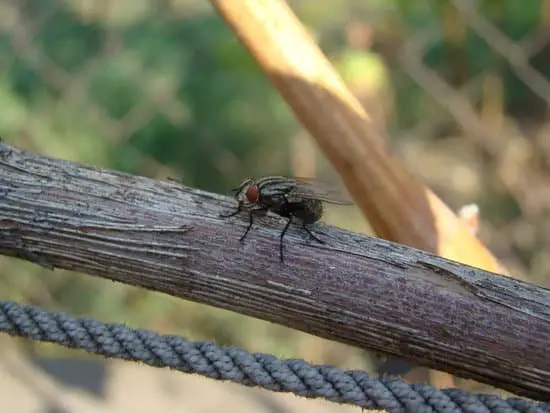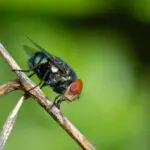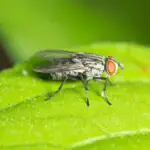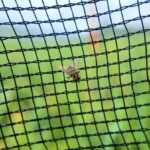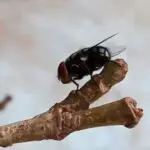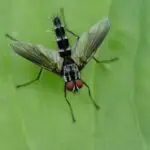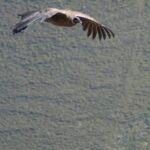How Do Flies Walk on the Ceiling?
If you have ever seen flies walking on the ceiling, you may have wondered how they do it. Their tiny feet have a lot of surface area for adhesion, and the tips of their feet are covered in tiny hairs called setae. These setae produce a glue-like substance when they come into contact with a surface.
When you look at a fly walking on a ceiling, you’ll notice that its forelegs are long and hairy. Its wings are long enough that they can actually grab the surface. This allows it to move quickly on a smooth surface. Flies also use the momentum to swing up to a higher position.
The secret behind a fly’s ability to walk on a ceiling is not only its ability to stick to the surface, but also its claws. The claws on the feet are extremely sticky, which allows the fly to stick to surfaces that would be difficult for a fly to walk on. Fortunately, flies have several ways to unstick themselves from a sticky surface.
Scientists have been studying the way flies walk on ceilings since the 19th century. The most recent breakthrough came in the form of a robot that can mimic the behavior of a fly. This could help us develop robots with similar abilities.
